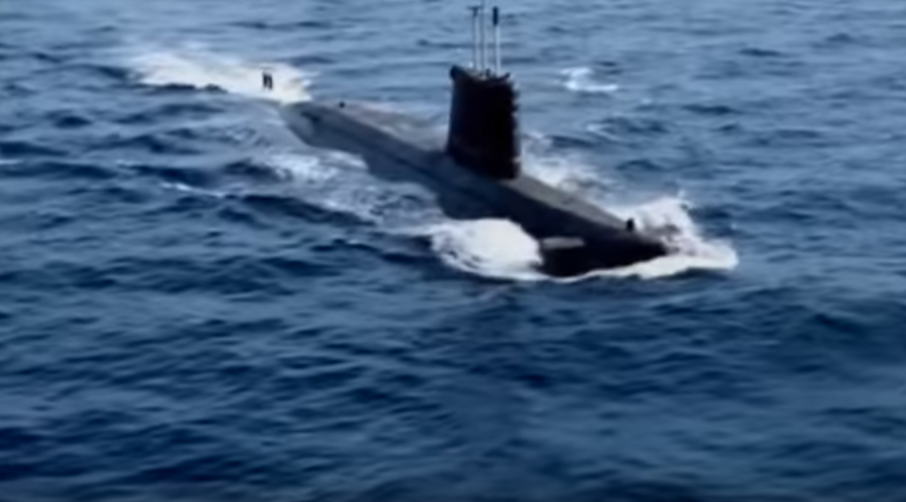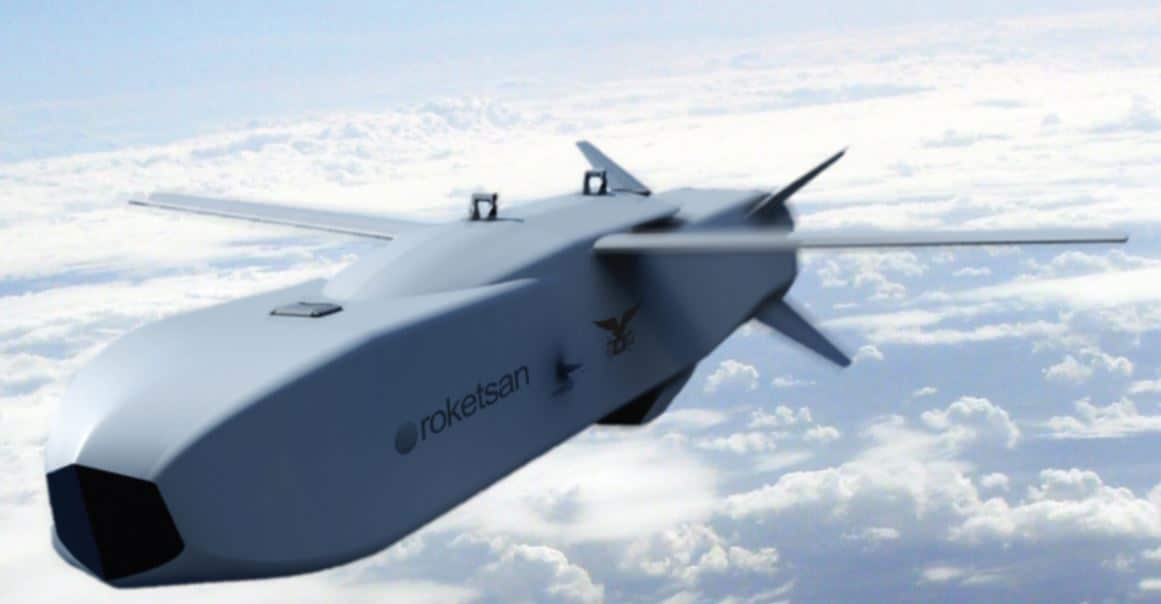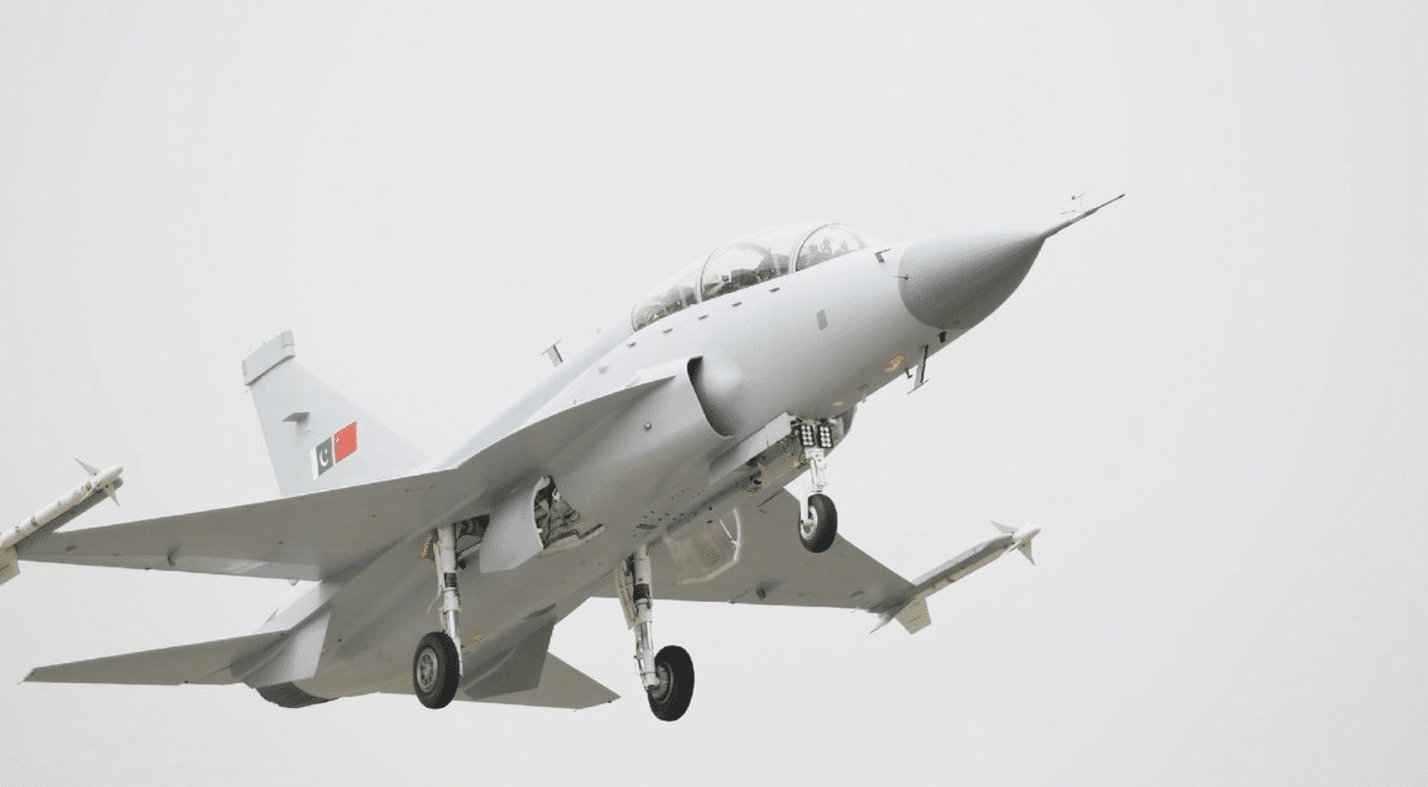2259Views 7Comments

Pakistan proceeds with new miniature submarine program
In its 2015-2016 yearbook, the Pakistan Ministry of Defence Production (MoDP) listed the development and construction of a miniature submarine as a target for 2016-2017.
This may be related to talks in 2016 between the Pakistan Navy and the Turkish defence vendor Savunma Teknolojileri Mühendislik ve Ticaret A.Ş. (STM) for the joint development of a mini-submarine to supplant the Pakistan Navy’s aging Cosmos MG110 (SX756/W) mini-submarines.
The Cosmos MG110 displaces 119 tons submerged. It can carry eight special operation forces (SOF) divers and two swimmer delivery vehicles (SDV). The MG110s were bought in the 1980s to replace the SX404 mini-submarines, which had been deployed in 1971 against India.
According to MSI Turkish Defence Review, Pakistan and STM had studied the feasibility of upgrading the MG110s, but both sides concluded that this was not an affordable route.
Subsequently, STM proposed “designing a submarine platform from scratch,” which – if inked – would be considered a “different and strategic” collaborative effort between the two countries.
Turkish shipbuilder Yonca-Onuk is proposing its Underwater Offensive Team boat (i.e. SDV).
Notes & Comments:
The MoDP listing the mini-SSK as a program could indicate that Pakistan is proceeding with STM’s offer. If so, this would be STM’s fourth naval project for Pakistan, following the Pakistan Navy Fleet Tanker, Agosta-90B submarine upgrade program and MILGEM Ada corvettes.
Until recently, STM’s naval designs have been surface ships of various kinds, such as frigates, corvettes, tankers and patrol boats. At the 2017 International Defence Industry Fair, which took place in Istanbul during May 9-12, STM showcased its design proposal – i.e. x-TS1700 – for the Turkish Navy’s National Submarine/Milli Denizaltı (MILDEN). STM seems to be building a sub-surface portfolio.
It is not known how Pakistan will configure its next-generation mini-submarine. Today, Pakistan uses its MG110s for SOF missions involving the Special Service Group Navy (SSGN), such as frogmen operations. It may also use them for laying mines and, as per some unverified reports, firing torpedoes. That said, Pakistan should be expected to retain a focus on SOF operations, which would prioritize deploying divers and SDVs.
New concepts, such as deploying unmanned underwater vehicles (UUV) for clearing mines or autonomous underwater vehicles (AUV) for surveillance, could be considered for this new design. It would be valuable for positioning these mini-submarines against asymmetrical threats.
It is unclear if the Pakistan Navy would require its new mini-submarines to carry torpedoes. Granted, the Pakistan Navy’s order for eight Hangor-class submarines indicates a plan to use submarines for anti-access and area denial in Pakistan’s littoral waters. Having many smaller submarines armed with heavyweight torpedoes lurk in coastal waters (with coastal anti-ship missile batteries) could deter amphibious landing attempts. However, this would be in the realm of a sub-1,000-ton coastal submarine more so than a miniature submarine.
Aside from Turkey and Pakistan, Indonesia and South Korea also developing their own series of mini-submarines. At Indo Defence 2016, the Indonesian shipbuilding PT Palindo Marine showed a mock-up of its mini-submarine design – the Kapal Selam Mini (KSM). The KSM will displace (underwater) 127.1 tons. South Korea’s Hyundai Heavy Industries (HHI) has its HDS-400-series of mini-submarines.



7 Comments
by Hashim Rasheed
ASELSAN did unveil a lightweight torpedo in the Turkish defense expo. It would be a very good option for the mini-submarines
by ali amanat
Its very sad and unfortunate that after operating and having all basic industrial set and technical know how , still they are unable to unveil even a raw design of a submarine or any type of surface ship , whats cane we say , corruption , bereaucratic behaviour, injustice lack of dedication, always begging and asking for credit , financing is a sign of corruption and kick back.
by Stan
There is a fine line between midget sub and a drone
by Rizwan
Defense industry in Pakistan will only be really successful if there is public-private partnership. Public institutions by themselves are more likely to stagnate and fail.
by Aaif khan
And the credit goes to pakistanis for bringing the likes of zardaris and Nawaz’s in power. All good and bad comes from executive office.
Pakistan does possess such technical know how but to make things happen it require Dedidication and funds.
by Salman
It actually all comes down to education and literacy in the country, and the openness of a country to social change so it can interact properly with other countries and universities. Otherwise, the virtual and imaginary path a country takes of North Korea, alone and desolate.
by Steve
Coastal protection is a worthy goal but you may need a lot of subs for that with large weapons load which these are not designed for. They could sit undetected on the bottom in shallow littorals but will not be useful except in the few nautical miles surrounding them. For any useful offensive operations such as placing mines by combat divers on Indian ships or aircraft carrier hulls while still in port, or landing a BAT type commando team, you need range and also need these to be very quiet to escape detection. Also need some self protection. Putting anything other than 2 lightweight torpedoes is probably unrealistic. India’s coastline is long and distances involved are huge especially eastern coast and a&n islands, and we’re not getting a base in Burma as they don’t want to become combatants. Careful design such as size, range, speed, weapons load etc., with Pakistan’s enemy specific requirements is needed. Turkey’s help in manufacturing will be invaluable.